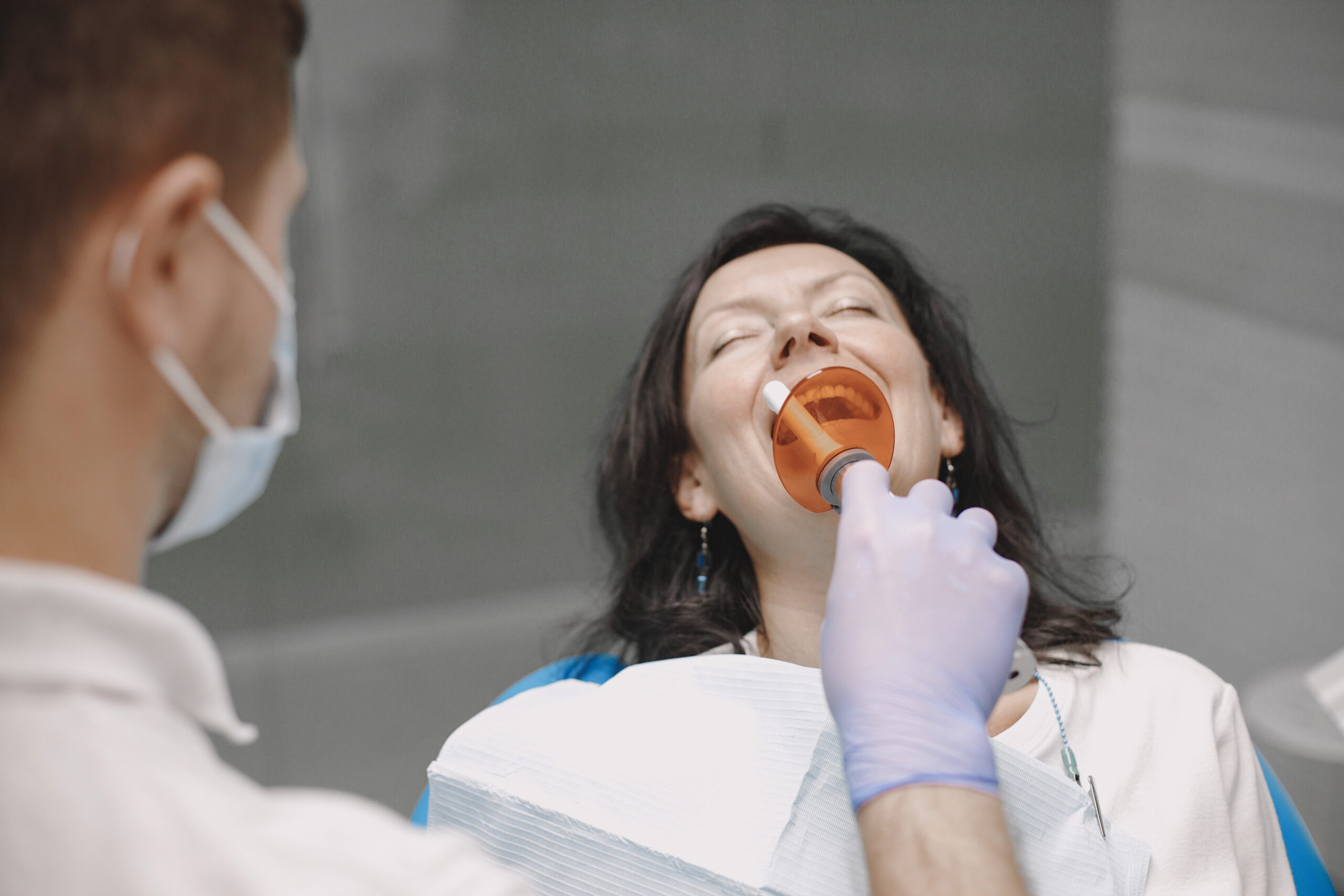A lump, bump, or lesion on the roof of your mouth could be a cold sore, canker sore, or a cyst. While most are harmless, persistent sores that bleed might signal a more severe issue like oral cancer. Experiencing lumps and bumps in your mouth, such as on your tongue, lips, or throat, is pretty common. This guide will describe ten possible causes of a bump on the roof of mouth and provide advice on what to do if you notice one. Understanding these causes helps you manage and address them effectively.
Causes of A Bump On The Roof Of Mouth
Trauma or Injury
Injuries to the sensitive tissue on the roof of the mouth can lead to bumps or lumps forming. These injuries can result from cuts, puncture wounds, tobacco use, dental work, or irritation from dentures. Scar tissue may form, creating a lumpy and raised area that can be painful or sensitive. Typically, such injuries heal independently, but regularly rinsing with warm salt water can aid in the healing process and reduce discomfort.
Burns
Consuming hot foods or beverages can cause burns on the roof of the mouth. Severe burns may result in a blister or bump. Minor burns usually heal on their own, provided the area is not further irritated. Avoiding hot foods and drinks and keeping the area clean can promote healing. For more serious burns, learning proper treatment methods can speed recovery and reduce discomfort.
Canker Sores
Canker sores are small, round, whitish ulcers that can develop inside the mouth, including the roof. While they often appear on the inner lips or cheeks, they can also form on the gums or tongue. These painful sores have an aquatic center with raised, red edges and can range from a few millimeters to 1–3 centimeters in size. Causes include accidental bites, scratches, and stress. Although non-contagious, they can make eating difficult. Over-the-counter or prescription creams can help numb the pain, and sores typically heal within a few weeks.
Epstein Pearls
Epstein pearls, or gingival cysts, are small white or yellow bumps that can appear in a newborn’s mouth. These cysts are harmless and typically disappear within a few weeks without causing any issues.
Hyperdontia
Hyperdontia, the condition of having extra teeth, can cause a bump on the roof of the mouth. These additional teeth may develop behind existing teeth or further back on the roof. Symptoms include pain in the area of the extra tooth, jaw pain, and headaches. Dentists can usually remove extra teeth without complications.
Cold Sores
Cold sores, caused by the herpes simplex virus, produce blisters on the lips and inside the mouth, including lump upper mouth. Symptoms include a tingling sensation before blisters form, clusters of blisters, and blisters that crust over before healing. Unlike canker sores, cold sores are contagious. They typically resolve within one to two weeks without treatment. To avoid spreading the virus, avoid close contact with others during an outbreak. A doctor may prescribe medication to accelerate healing.
Torus Palatinus
A lump upper mouth could be torus palatinus, an extra bone growth. Typically benign, it does not require treatment unless it causes discomfort or affects eating, drinking, or speaking. In such cases, surgical removal may be necessary.
Candidiasis
Oral candidiasis is a yeast infection that causes red or white bumps on the roof of the mouth. These bumps can be scraped off but tend to recur. Other symptoms include a cotton-like mouth feeling, loss of taste, swallowing pain, and cracked mouth corners. Diagnosis by a doctor is essential, as symptoms can mimic other conditions. Antifungal medication is typically prescribed, along with prevention tips.
Mucoceles
Mucoceles are cysts that form due to irritated or inflamed salivary glands, leading to fluid-filled bumps on the roof of the mouth. These dome-shaped lesions, usually 1 mm to 2 cm in diameter, have a clear or bluish hue. While mucoceles are generally harmless and heal independently, recurrent cases may require removal by a healthcare professional.
Hand, Foot, and Mouth Disease
Hand, foot, and mouth disease (HFMD), caused by the Coxsackievirus, is common in children but can affect anyone. It results in painful sores in the mouth, a rash on the hands and feet, and fever and body aches. Doctors may prescribe medicated mouthwash to alleviate symptoms while treating lump upper mouth virus.
In Which Condition Should You Consult A Dentist?
While many bumps on the roof of the mouth resolve independently, some situations warrant medical attention. You should see a doctor if you experience:
- Highly discolored patches in the mouth
- Persistent pain
- A foul odor from the mouth
- Pain while chewing or swallowing
- Severe burns
- Ill-fitting dentures, retainers, or other dental devices
- Difficulty breathing
- A rapidly growing bump
- A bump that changes shape
- A bump that persists for more than three weeks
- A bump interfering with daily activities
If you are worried about a bump, do not delay. Consult your physician and seek possible treatment.
Conclusion
We have clearly described all ten causes of bumps in the roof of mouth, from trauma to Hand, foot, and mouth diseases that grow in unusual places. Some, like canker sores, are painful but can be treated promptly. A few types of lump can be harmless or cannot be, but a bump on the roof of the mouth can sometimes become cancer. If you are also worried about roof bumps, it is time to consult your physician. For further guidance or to book an appointment, visit Northeast View Dental.

